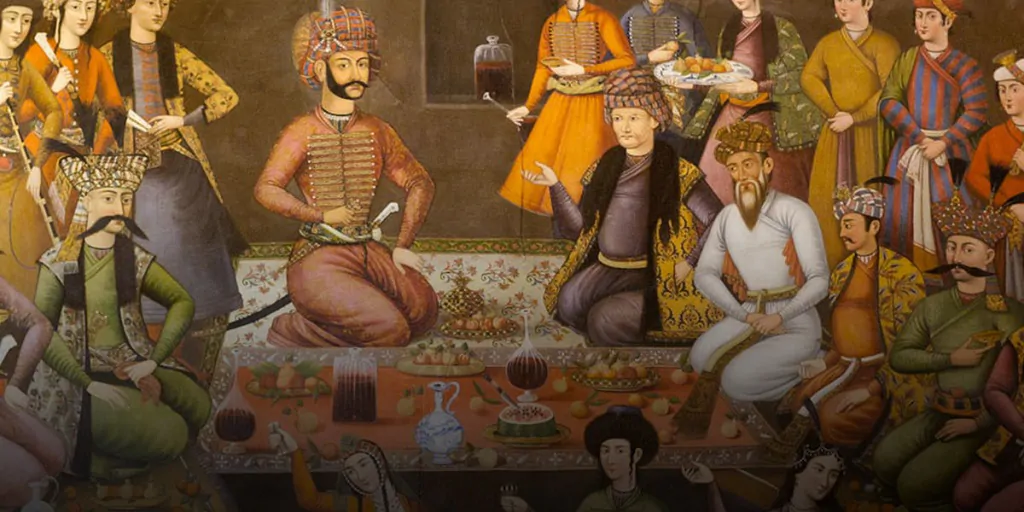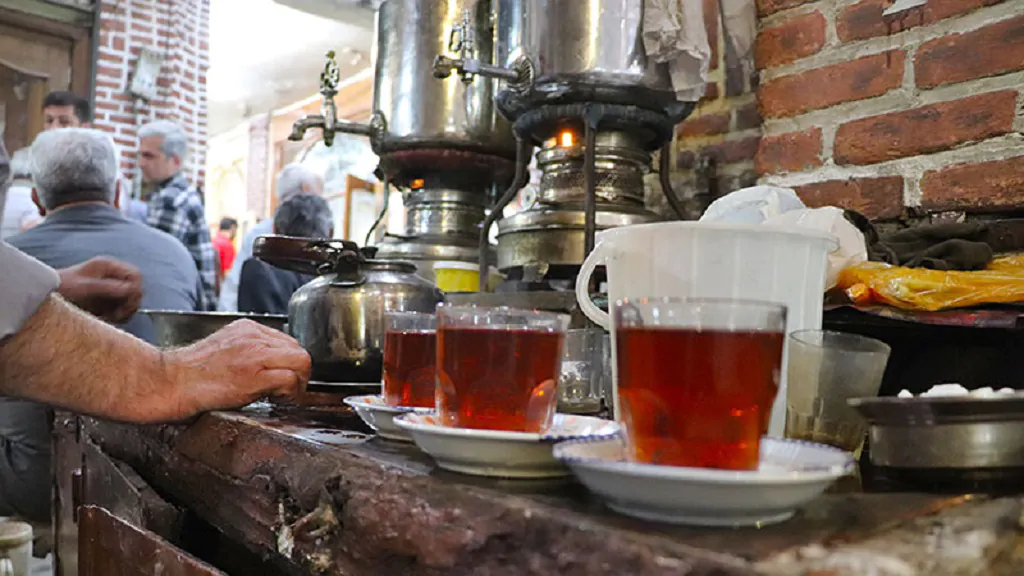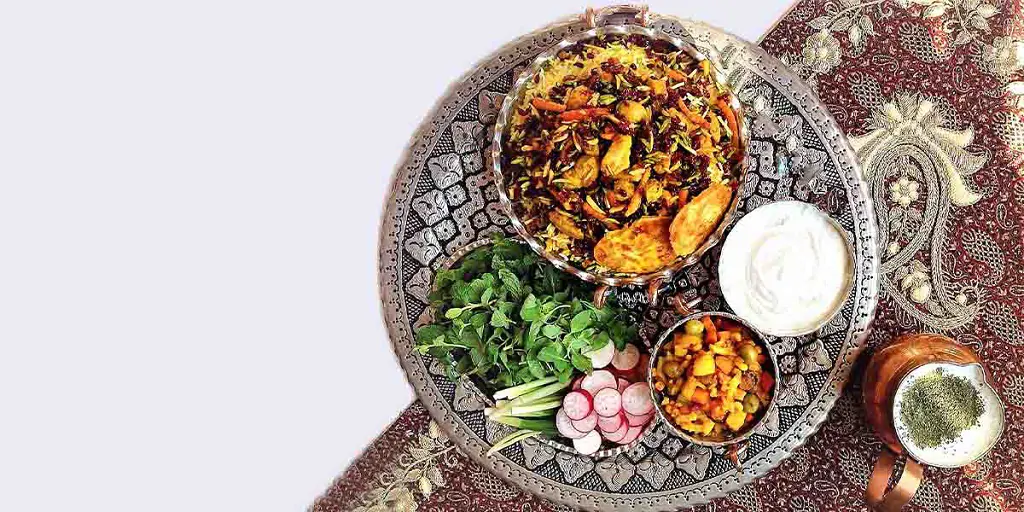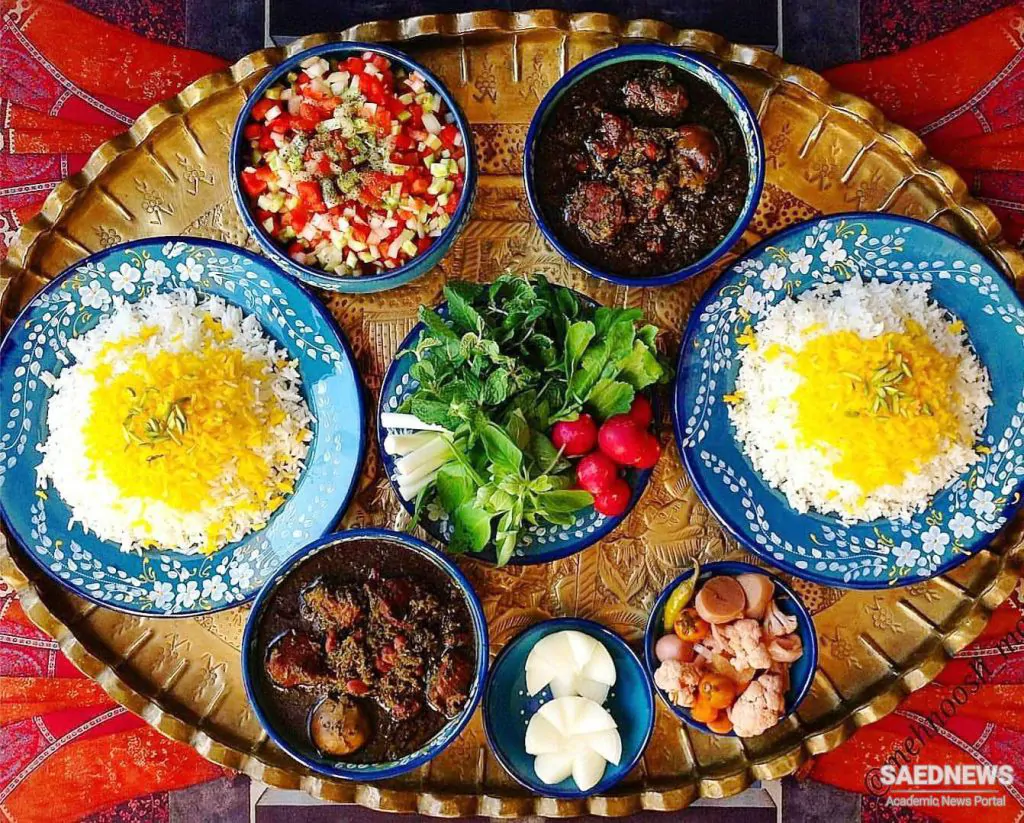The importance of travel, its benefits, and the pleasures it brings to humans are not hidden from anyone. Travel opens a new window of attractions and places of interest, different tribes and customs, souvenirs, and discovering and tasting new foods. You may not believe it, but traveling for food is one of the motivations of culinary tourism in many world countries.
Therefore, regardless of material and economic issues, paying attention to the Iran culinary tour and tourism industry will transfer the cultural concepts of civilization to other countries. Food tourism, as a part of this industry, can be very successful.
The Place of Food in Iranian Culture
Iran has always been mentioned as a cradle of culture and civilization with a historical background. But we may still need to remember that our country has delicious and diverse foods. Iranian foods are very special and tempting, so they are part of the cultural attractions of different regions of the country.
Iran is renowned for its rich culinary heritage, offering a diverse array of famous dishes that entice food enthusiasts from around the world. From the saffron-infused rice dishes of “Chelo Kabab” in Tehran to the smoky Mirza Ghasemi recipe from Rasht and the delectable sweets of Kerman and Yazd, Iranian cuisine showcases a harmonious blend of regional flavors. Each city has its own culinary gems, reflecting the unique traditions and local ingredients. The popularity of Iranian food in the realm of culinary and food tourism in Iran continues to grow, attracting visitors who seek to immerse themselves in the vibrant Iranian culture through its gastronomy.
Iran Culinary Tour
Nowadays, food has found a special place in the tourism industry, and most restaurants, hotels, and accommodations promote their food culture; however, there needs to be more mention of the history and variety of local foods and the Iranian school in Iran’s tourist catering centers.
- Iran’s capability in food diversity can be seen as influenced by the geography of the country and the ethnic and racial diversity of Iranians.
- It means that due to pastures and special weather conditions and the possibility of growing plants and livestock, the broths of northwestern Iran are unique.
- In the central regions of Iran, which have a dry climate, they mostly use dried vegetables, and in the south of the country, due to the presence of the sea and the ocean, seafood is more popular.
Overlooked Aspects of Iran Culinary Tour
In recent decades, restaurants from various nations like China, Japan, Lebanon, Italy, Greece, and India have gained popularity and attracted many customers in our country. However, there are still numerous local food varieties in our country that remain unknown to us, which is unfortunate.
Staying in a 5-star restaurant is pleasant, but eco-tourism accommodations and exploring local cultures and cuisine offer an unforgettable experience. Guides for tourists, particularly foreigners, lack adequate training, which is a neglected area in the tourism sector
At the same time, food tourism should be placed on the agenda of the trustee institutions as the trip’s main purpose, with the purposeful organization of tourist tours. In addition, helping to set up local restaurants in the provinces, providing facilities to them, and adding local dishes to the menus of large and famous restaurants in the country is also considered a strategy.
Of course, it cannot be denied that participating in international, prestigious and well-known festivals related to the food tourism industry, like food exhibitions in the world, will play an undeniable role in introducing Iranian cuisine internationally.
Food tourism in Iran offers a captivating journey into the country’s culinary delights, and one event that showcases this vibrant gastronomic scene is the Tehran Agrofood exhibition. This exhibition serves as a platform for local and international food industry professionals, allowing them to showcase their products, exchange expertise, and foster business connections. From traditional Iranian dishes to innovative food products, the Tehran Agrofood Exhibition provides a glimpse into the diverse and evolving food landscape of Iran, making it a must-visit event for food enthusiasts and industry professionals alike.
Importace of Iran Culinary Tourism
In response to why it is important to pay attention to food tourism in the world, an expert in tourism studies said that the rotation of profits and significant economic returns is the most important reason that justifies special attention to this field. They will have a wider range of food choices, increasing the trip’s attractiveness.
By purposefully pursuing and institutionalizing this approach, inter-provincial food tourism will be formed and then, while attracting the taste of our country’s people, authentic Iranian flavors will flourish beyond the country’s borders.
According to this expert, activists and enthusiasts in this field and those interested in cooking traditional and authentic Iranian food should be supported and become entrepreneurs. In the meantime, using the media and virtual space capacities to promote local food, create the basis for people’s participation, attract government facilities and investors, and provide the necessary training in this regard will be effective.
Food tourism provides the basis for developing the local economy and job creation in deprived areas. In addition, using local foods, which are often healthy and organic, reduces the incidence of food poisoning during travel, which is a matter to consider.
Unleashing Culinary Potential: Gastronomic Tourism
Some food tourists prefer to travel to small towns and rural areas instead of dining in luxury restaurants to get to know the cuisine of remote areas and meet food producers up close.
- The Dinner on a Farm project in America is an effort by farmers living in different states to introduce tourists to local foods and traditional cooking methods. Farmers plan to bring their crops to tourists with the best possible taste by inviting local chefs.
- Holding local food festivals is also a great opportunity for villagers and local cooks to present and market their cooking art to a larger audience.
- Food tourism can contribute to their development by creating jobs and income for rural communities.
Our country also can become a destination for food tourists with its diverse climate and many subcultures.
Gilan province is one of the provinces that has been receiving the attention of those involved in the field of tourism for many years, and there were many proposals to name this province as the first food tourism destination in Iran. Until this year, the proposal to register the city of Rasht in UNESCO as a creative city of food was proposed by the Secretary General of the National Commission of UNESCO, but the noteworthy point is that today the tourism industry is more and more towards creating specific procedures to respond to the needs of tourists who have become more aware and look for meaning in every experience, food presentation should be such that it can turn a restaurant into a tourist attraction for them.
In such a situation, what is more, important than ever is managing the demand of tourists and, of course, knowing what they want and their definition of a good and quality restaurant.























